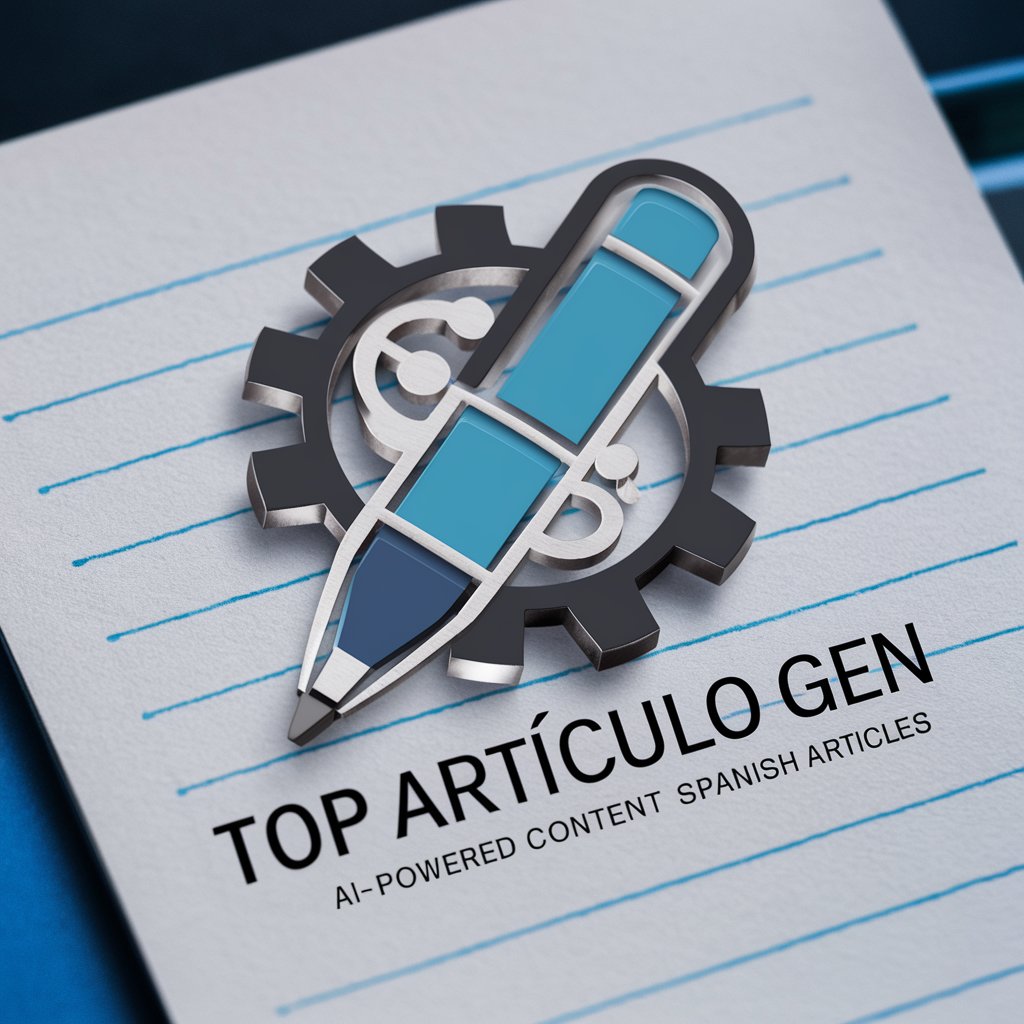
Blog SEO (Español) - AI blog SEO optimization tool
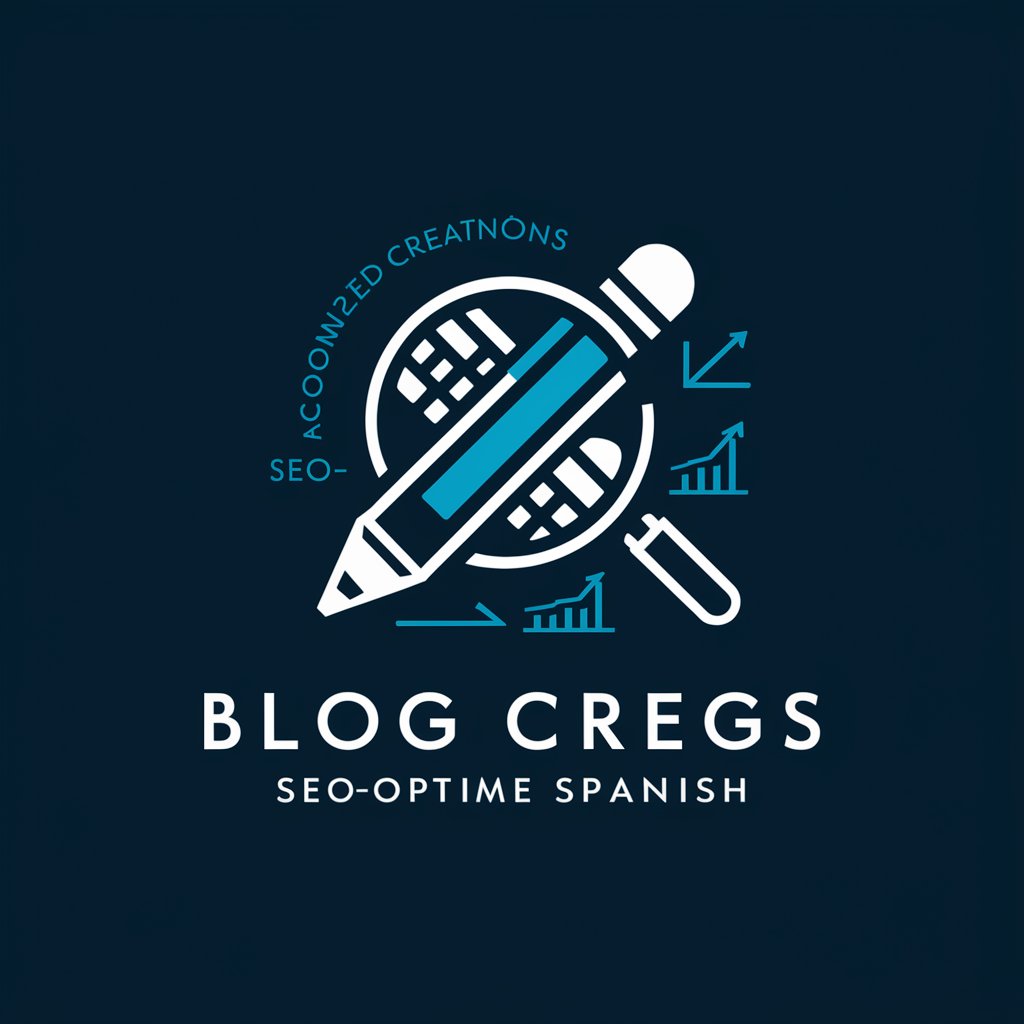
¡Hola! Estoy aquí para ayudarte a crear blogs optimizados para SEO.
AI-powered tool for SEO-friendly blogging
Escribe una entrada de blog optimizada para SEO sobre
Sugiere cinco títulos con palabras clave relevantes para un artículo sobre
Crea una estructura de artículo para un blog que hable de
Describe cómo optimizar una entrada de blog para SEO en el tema de
Get Embed Code
Overview of Blog SEO (Español)
Blog SEO (Español) is a specialized GPT designed to assist users in creating Spanish-language blog posts that are optimized for search engine visibility. Its primary purpose is to guide users through the process of structuring and writing content that not only engages readers but also ranks well in search engines. This involves generating SEO-friendly titles, advising on the strategic use of header tags, and ensuring that content is thematically coherent and rich in information. A typical example would be assisting a user in drafting a blog post about 'Sustainable Travel in Spain', where the tool would suggest optimized headlines, help outline the article, and ensure keyword integration. Powered by ChatGPT-4o。

Key Functions of Blog SEO (Español)
SEO-optimized title generation
Example
For a blog post intended to attract Spanish-speaking tourists to a local business, Blog SEO (Español) might suggest titles like 'Los 10 Mejores Cafés en Barcelona: Guía 2024' to capture high traffic keywords while also appealing to the target audience.
Scenario
A user plans to write about popular cafes in Barcelona. The tool suggests titles that include current year and high-value keywords to boost search engine relevance and attract specific readers.
Article structuring with header tags
Example
When creating a post about 'Renewable Energy Trends in Latin America', the tool would guide the user to organize the content with H1, H2, and H3 tags, placing strategic keywords in these headers to enhance SEO and readability.
Scenario
A blogger aims to explain complex information in an accessible format. The tool helps structure the information hierarchically, making it easier for both readers and search engines to navigate the content.
Interactive content guidance
Example
While writing about 'Healthy Eating', it might suggest incorporating sections like FAQs or a list of easy recipes, which can increase user engagement and time spent on the page.
Scenario
A nutritionist writing a blog post to engage her clients. The tool recommends including interactive elements such as FAQs and step-by-step guides to enhance user interaction and provide value.
Target User Groups for Blog SEO (Español)
Spanish-speaking bloggers and content creators
Individuals or businesses that manage blogs aiming to reach a Spanish-speaking audience would find this tool incredibly valuable for creating engaging, SEO-optimized content that performs well on search engines.
Marketing professionals in Spanish-speaking regions
Marketing specialists looking to enhance their company's blog presence in Spanish markets would benefit from the SEO guidance and content structuring features, helping them to craft effective marketing posts.
SEO specialists focusing on Spanish-language content
SEO experts who specialize in optimizing Spanish content can use this tool to streamline their workflow, ensuring every blog post meets high SEO standards and improves visibility in search results.

How to Use Blog SEO (Español)
Step 1
Visit yeschat.ai for a free trial without login, also no need for ChatGPT Plus.
Step 2
Familiarize yourself with the features and capabilities of Blog SEO (Español). It is specialized in creating SEO-optimized blog posts.
Step 3
Describe your desired blog topic. Blog SEO (Español) will suggest five titles with relevant keywords.
Step 4
Choose a title and receive guidance on structuring your article. Utilize correct heading tags, thematic consistency, and keyword placement.
Step 5
Review and refine your content using Blog SEO (Español)'s recommendations to ensure optimal SEO results.
Try other advanced and practical GPTs
The Assignment Solver
Empowering your academic success with AI.

글쓰기 전문가
Empowering your words with AI
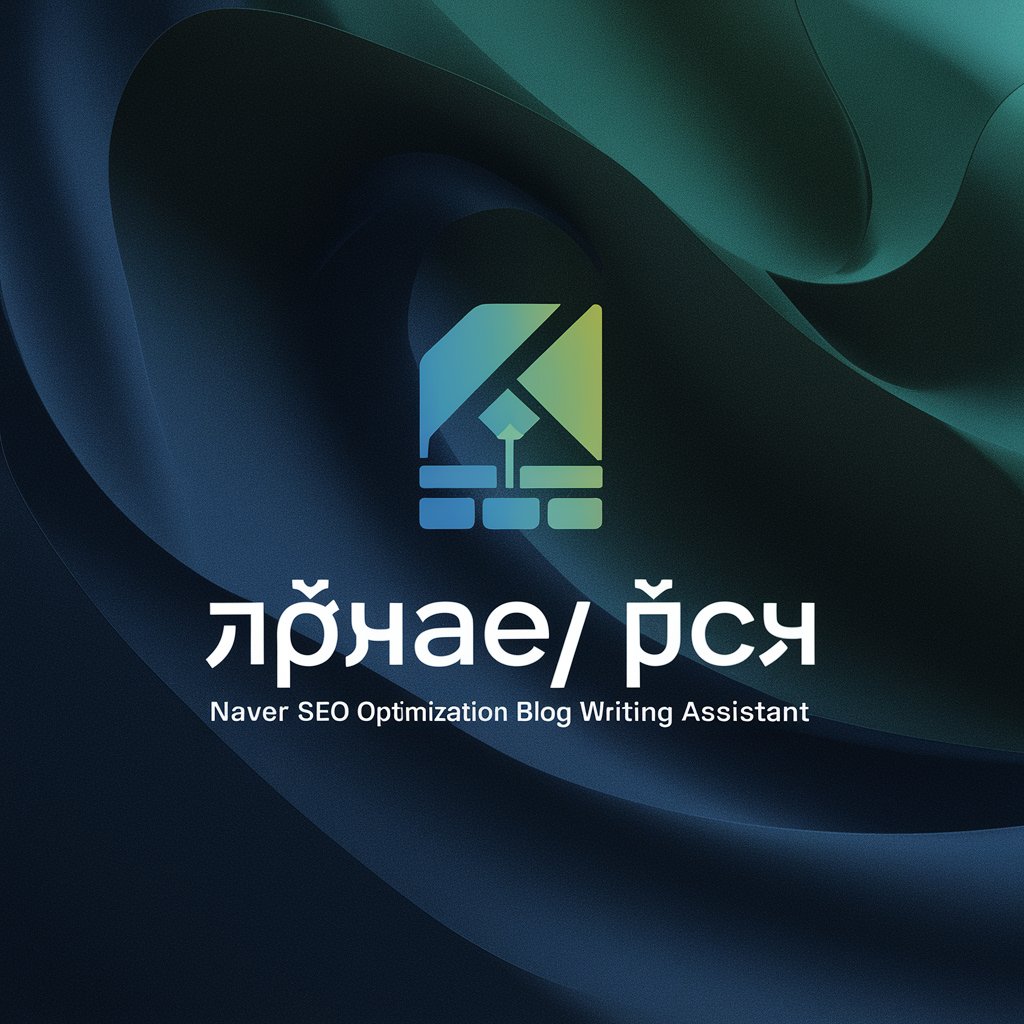
BotNerd Agentes de IA
Empowering Business with AI
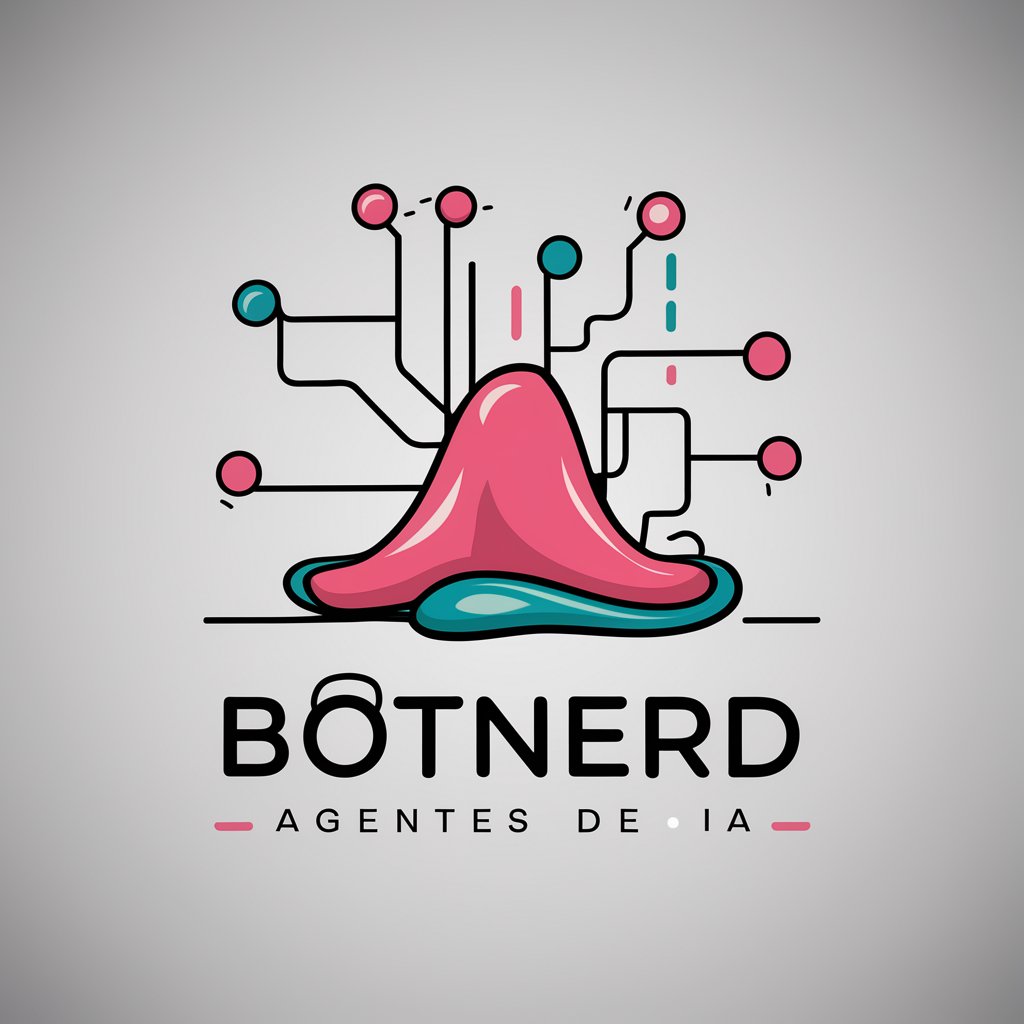
Address Analyzer
AI-Powered Address Insights and Analysis

Content Crafter - Abacum
AI-Powered Financial Insights

NPC Maker
Craft detailed NPCs with AI power
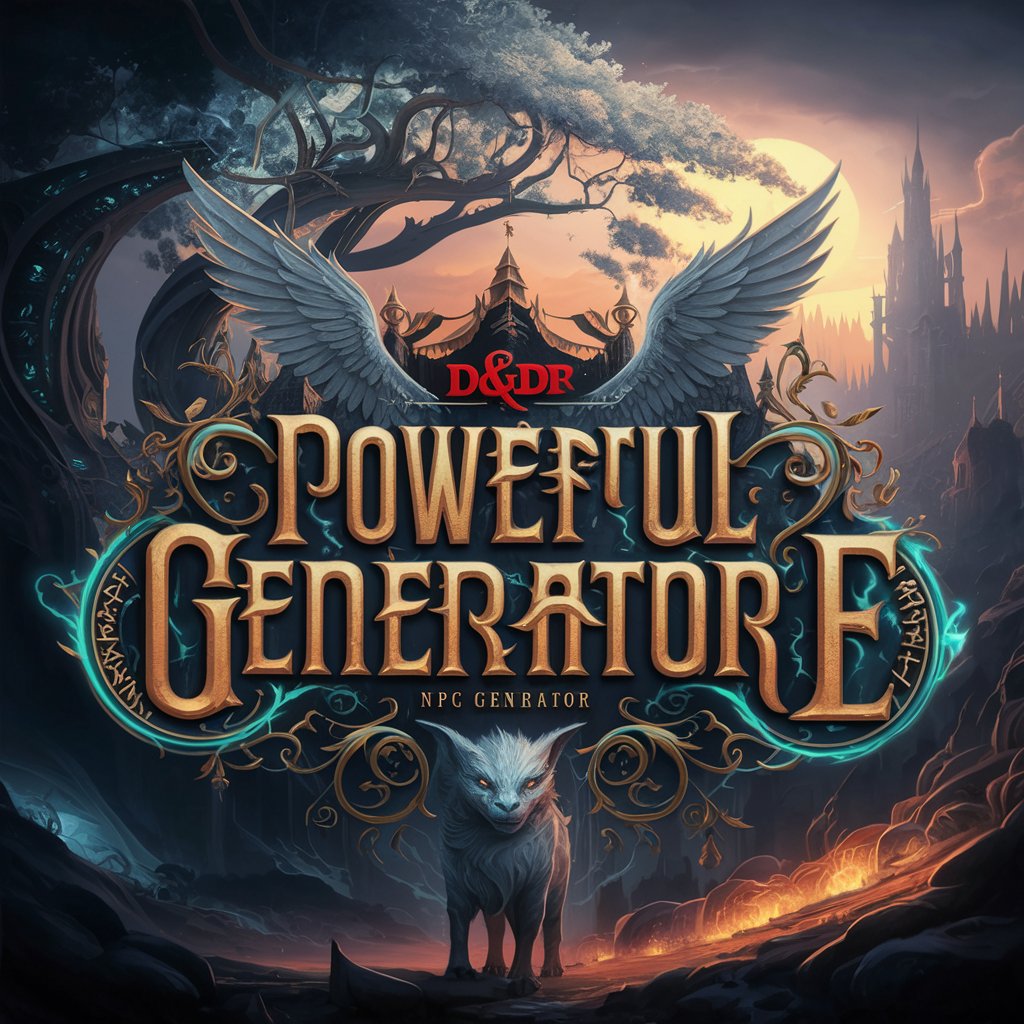
Solidworks Tutor
AI-powered guidance for mastering SolidWorks

文献总结小助手
Streamlining Academic Research with AI

Flutter开发
AI-powered assistance for Flutter projects

German Tax Expert (德国税务专家)
AI-powered German Tax Law Expertise

智在必得 - 中英文翻译官AI专家
Your AI-powered language bridge.

计算机视觉工程师
Empowering Vision with AI

Common Questions and Answers About Blog SEO (Español)
What is Blog SEO (Español) used for?
Blog SEO (Español) is used to create SEO-optimized blog posts in Spanish. It suggests titles with relevant keywords, guides article structuring, and ensures the proper use of headings, keywords, and content consistency.
How does Blog SEO (Español) help with SEO?
It suggests SEO-optimized titles, provides recommendations on heading tags and keyword usage, and ensures content consistency, improving your blog's search engine visibility and ranking.
What makes Blog SEO (Español) different from other tools?
Unlike other tools, Blog SEO (Español) combines keyword optimization with a structured article outline. It also ensures thematic consistency and readability, resulting in comprehensive, SEO-friendly blog posts.
Can Blog SEO (Español) help with non-Spanish content?
While specialized in Spanish content, Blog SEO (Español) can assist with other languages but is optimized for creating blog posts in Spanish.
What are the best practices for using Blog SEO (Español)?
1. Clearly define your topic. 2. Select a suggested title. 3. Follow the guided article structure. 4. Ensure appropriate keyword density. 5. Refine content based on Blog SEO (Español)'s recommendations.
